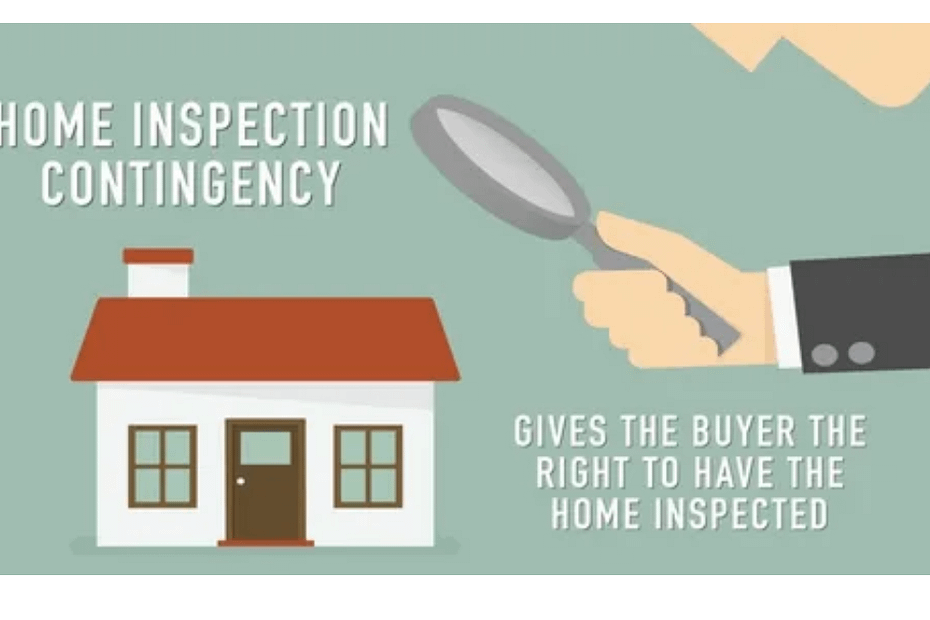What is Artificial General Intelligence (AGI)
Overview of AGI What is Artificial General Intelligence The goal of creating machines with human-like reasoning and learning abilities is embodied by artificial general intelligence.… What is Artificial General Intelligence (AGI)









